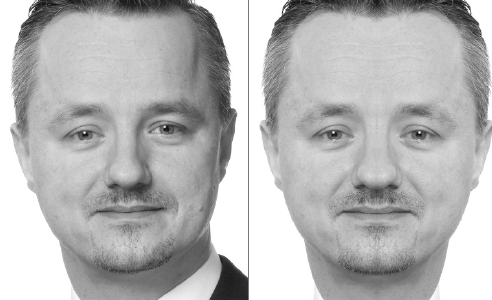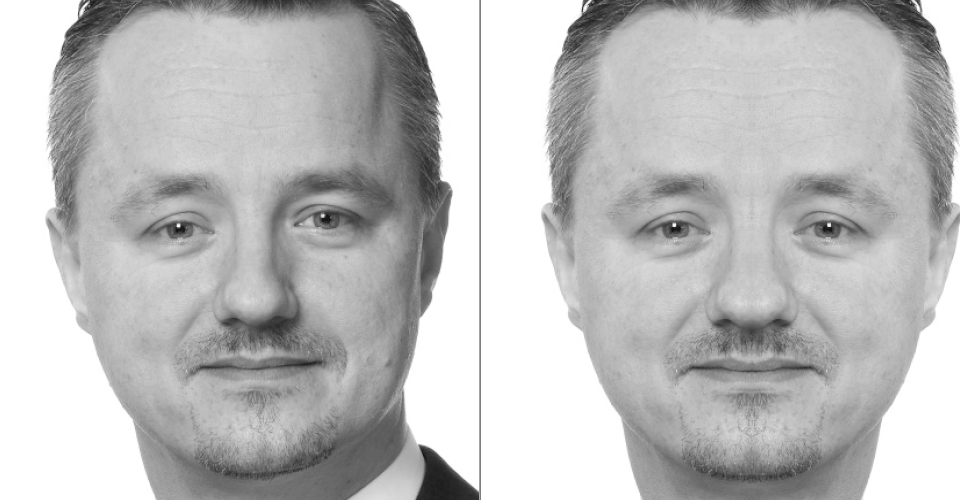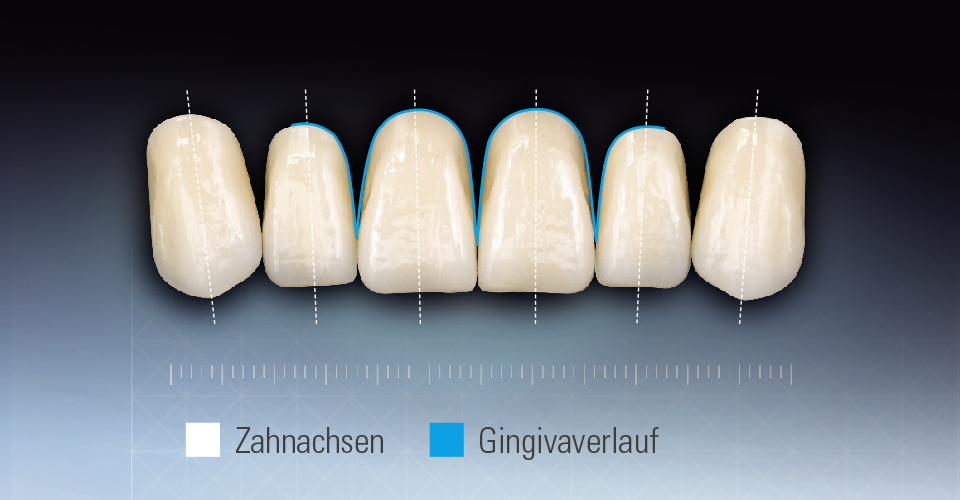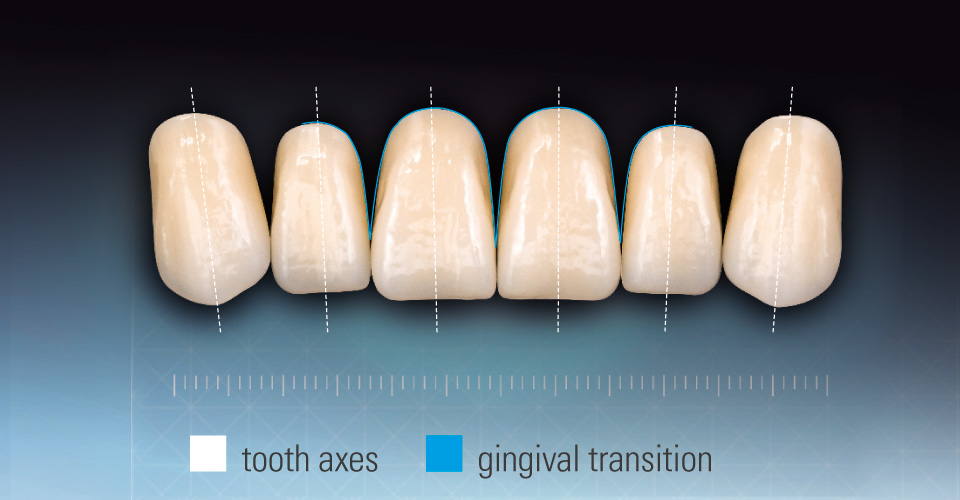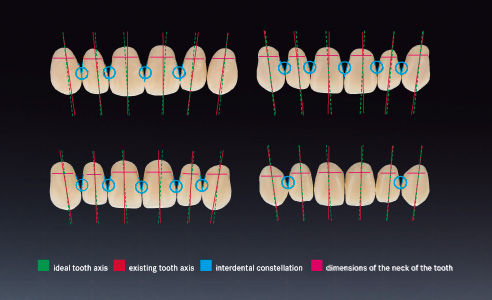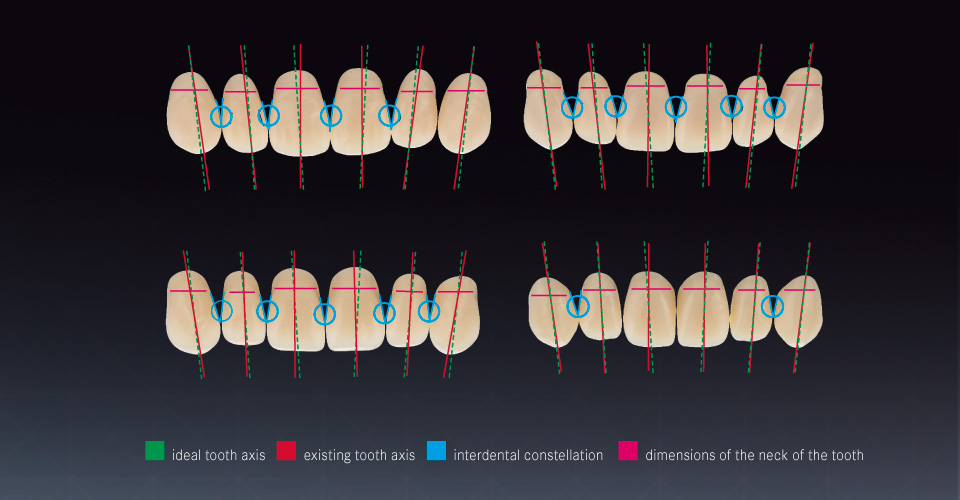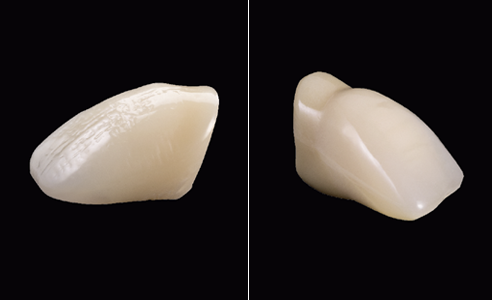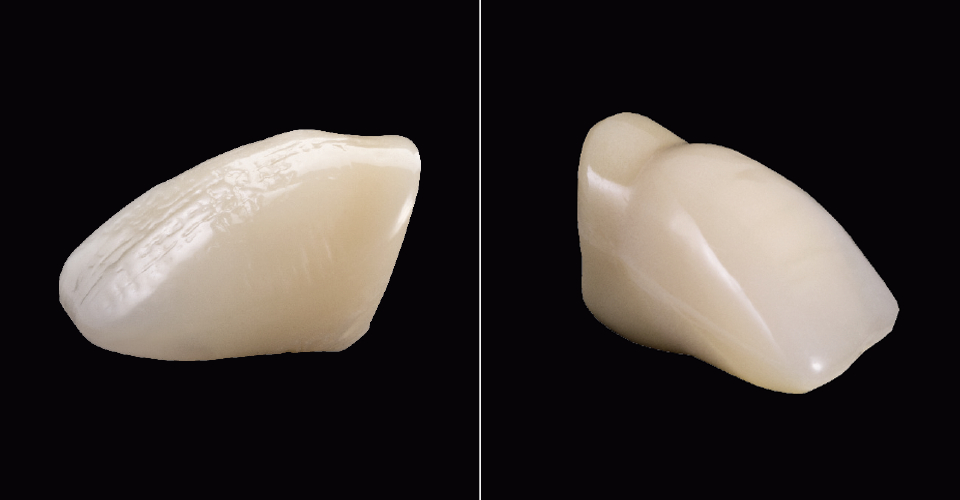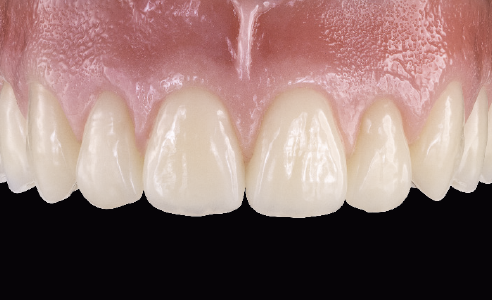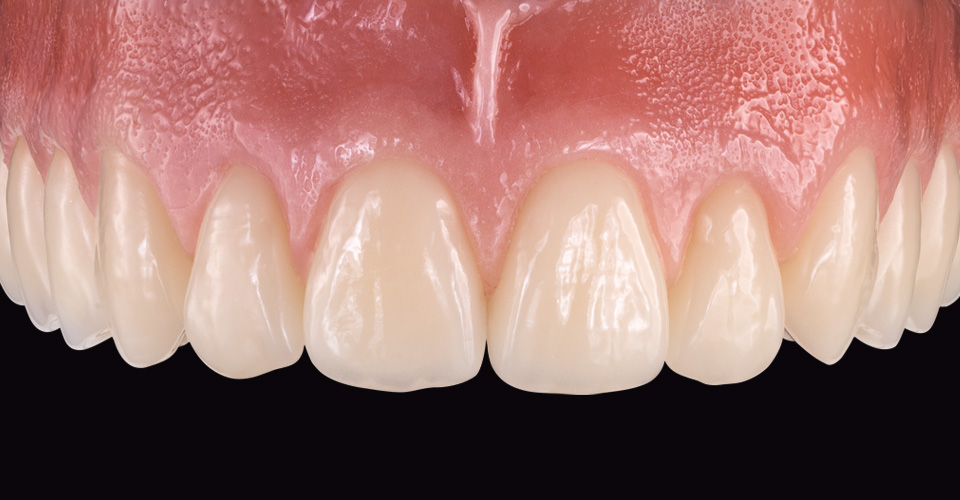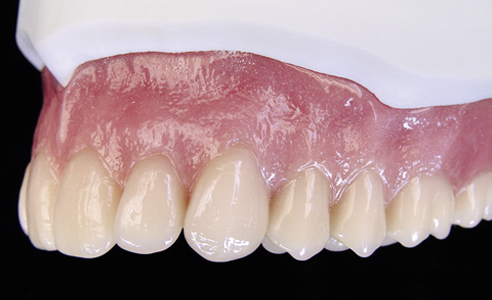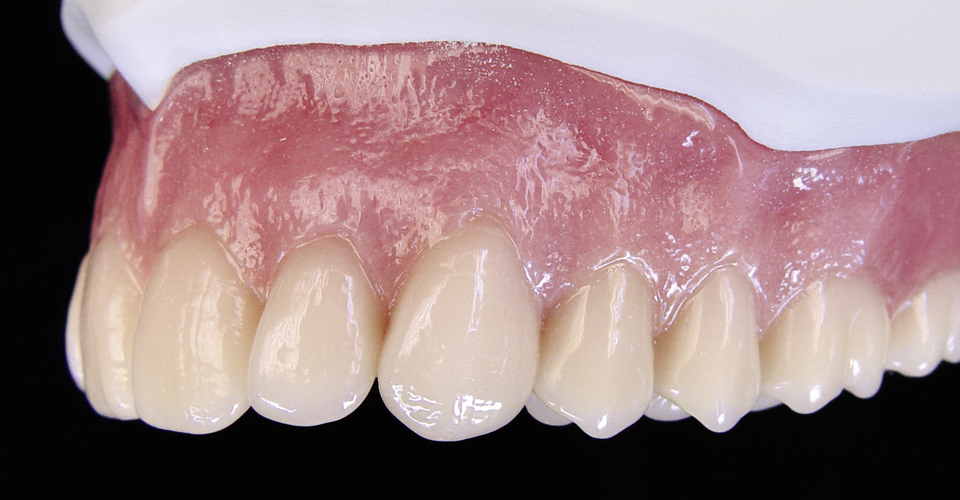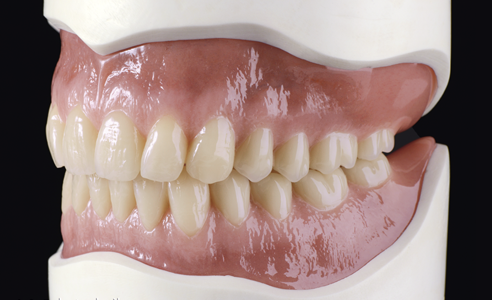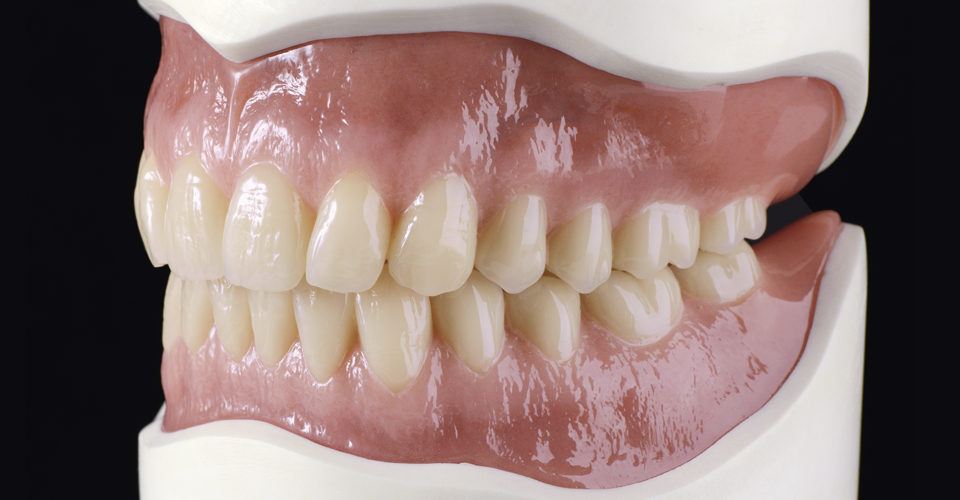“The golden proportions:” Essential principles of success for esthetic prosthetics
Since ancient times, the search for the “esthetic formula” has been pursued. Research shows that we perceive faces as especially esthetic if they are characterized by a high degree of “order”, “proportionality” and “symmetry.” However, the total symmetry is quickly perceived as unnatural [Fig. 1, 2]. Essential esthetic principles can also be transferred to total and partial restorations. For a restoration to be harmoniously integrated, parameters such as the basic anatomical shape of the anterior teeth, their length/width ratio, the tooth axes and the gingival transition are extremely important. In his report, Claus Pukropp, Master Dental Technician (Head of Technical Marketing, VITA Zahnfabrik, Bad Säckingen) describes the essential criteria for esthetic results in restorations.
Golden proportions and other rules
Since the Renaissance, in the visual arts, pleasing proportions with a well-balanced ratio of length and width have been determined using the "golden proportions". Esthetically pleasing dentures require denture teeth that have not only balanced proportions, but also ideal tooth axes and harmonic curvature and angle features [Fig. 3]. Because esthetic principles have been ignored in the design of teeth, prefabricated teeth in the patient's mouth are often perceived as unnatural despite their functionally correct positioning. We assume that every technician recognizes the following situation from crown and bridge technique: although the finished crown was 100% shade-matched, it shows defects in the axes of the teeth or angu- lar features and is then rejected by the dentist and patient.
"Esthetic analysis" of prosthetic products
The fact that the industry sometimes fails to pay sufficient attention to esthetic criteria in the development and production of prosthetic teeth is shown by an examination of various prefabricated teeth. It is notable that the tooth design is often mirrored across the quadrants. This means, for instance, that tooth 11 is a mirror image of tooth 21 [Fig. 4]. This results in total symmetry, which causes the resulting teeth to appear unnatural. It was also determined that some prefabricated products have tooth axes [Fig. 4/red], angle features [Fig. 4], and length/width ratios that deviate from the ideal. Poorly designed tooth features complicate the creation of a natural-looking reconstruction of the dentition for the technician. Prefabricated teeth in which the proximal interdental marginal ridges are missing [Fig. 4/blue] hardly allow a natural design of the papilla. Finally, some prefabricated products have the disadvantage of a crown that is clearly separate from the neck of the tooth, which makes it difficult for the technician to create a natural-looking restoration [Fig. 5, 6].
Teeth with “golden proportions”
The new generation of anterior denture teeth, VITAPAN EXCELL, and the tooth line VITA PHYSIODENS, were designed with the esthetic principles of golden proportions. This supports the dental technician in the natural tooth setup and design of the prosthetic base [Fig. 7], and the prostheses look significantly more natural and esthetic, thanks to ideally designed tooth features [Fig. 8, 9].
Report 07/17
Image sources: 1– 7 VITA Zahnfabrik, 8 – 9 Viktor Fürgut, Dental Technician.



